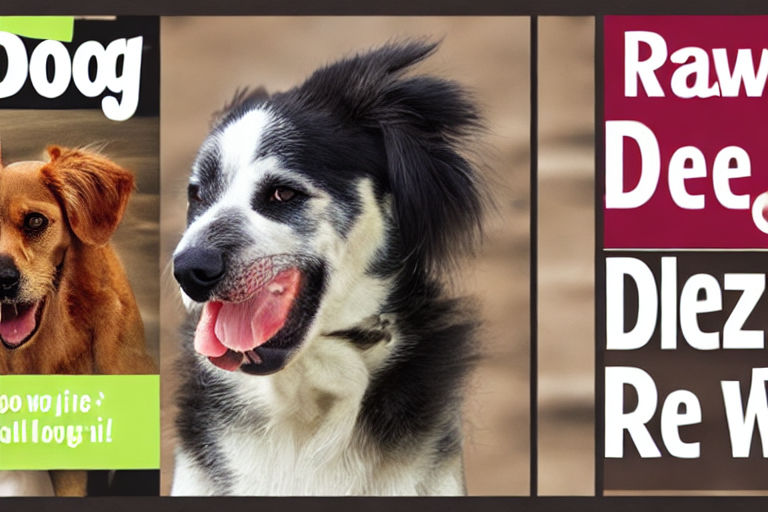10 Ways to Segment Your Email List Like a Pro For Successful Campaigns
When it comes to email marketing, sending generic messages to your subscribers is no longer enough. With the increasing number of emails in people's inboxes nowadays, subscribers expect personalized and relevant content from the brands they have subscribed to. This is where email list segmentation comes in. By segmenting your email list, you can send targeted messages that resonate better with your subscribers, and ultimately, increase your email campaign's success rate. In this post, we'll share ten ways to segment your email list like a pro for successful campaigns.
1. Demographics
Demographic segmentation is a great way to segment your email list. By categorizing your subscribers by age, gender, income level, education, and other demographic factors, you can send messages that are more targeted and relevant to their interests and needs. For instance, you can target a specific age group with products or services that are tailored to their age bracket.
2. Geolocation
Geographic segmentation is another effective way to segment your email list. By segmenting your subscribers by their location, you can send messages that are specific to their time zones, local events, holidays, and weather patterns. This type of segmentation is particularly useful for retailers with brick-and-mortar stores who want to promote in-store events or deals to local subscribers.
3. Behavior
Behavioral segmentation is all about tracking the actions of your subscribers on your website or app. By monitoring their clicks, purchases, downloads, and other interactions with your brand, you can send targeted messages that are tailored to their interests and needs. For instance, if a subscriber has been browsing a specific product category on your website, you can send them an email with related products they might be interested in.
4. Psychographics
Psychographic segmentation is about identifying the personality traits, values, attitudes, and lifestyles of your subscribers. By segmenting your email list based on these factors, you can send messages that resonate better with their emotions and beliefs. For instance, if you're promoting an eco-friendly product, you can segment your email list based on subscribers who care about the environment.
5. Interests
Interest-based segmentation is all about identifying the topics and niches your subscribers are interested in. By segmenting your email list based on their interests, you can send messages that are specifically designed for them. For instance, if you're a travel agency, you can segment your email list by subscribers who are interested in adventure travel, luxury travel, or family vacations.
6. Engagement
Engagement segmentation is all about identifying how your subscribers interact with your emails. By segmenting your email list based on their engagement levels (e.g. opens, clicks, conversions), you can send messages that are tailored to their behavior. For instance, if a subscriber frequently clicks on your product links but doesn't make a purchase, you can send them an email with a special discount code to encourage them to complete their purchase.
7. Customer Lifecycle
Customer lifecycle segmentation is about identifying where your subscribers are in their customer journey. By segmenting your email list based on their status (e.g. new subscribers, active customers, lapsed customers), you can send messages that are appropriate for their stage in the customer journey. For instance, you can send a welcome email series to new subscribers or a re-engagement email series to lapsed customers.
8. Purchase History
Purchase history segmentation is all about segmenting your email list based on the products or services a subscriber has purchased from you. By doing so, you can send messages that are related to their previous purchases or suggest complementary products they might be interested in. For instance, if a subscriber has bought a pair of shoes from your online store, you can send them an email with related accessories like shoelaces or shoe polish.
9. Email Preferences
Email preference segmentation is about segmenting your email list based on how your subscribers want to receive your messages. By allowing subscribers to indicate their preferred frequency or type of messages (e.g. newsletters, promotional emails, transactional emails), you can send messages that are more relevant and less likely to be marked as spam.
10. Lead Magnet
Lead magnet segmentation is about segmenting your email list based on the lead magnet (e.g. free ebook, webinar) that subscribers signed up for. By doing so, you can send messages that are related to the topic of the lead magnet and keep subscribers engaged. For instance, if you're promoting a weight loss ebook, you can segment your email list by subscribers who signed up for the ebook and send them emails with weight loss tips, recipes, and success stories.
In conclusion, email list segmentation is an effective way to send targeted and relevant messages that resonate better with your subscribers. By segmenting your email list using the ten ways suggested in this post, you can save time and resources while increasing your campaign's success rate.



